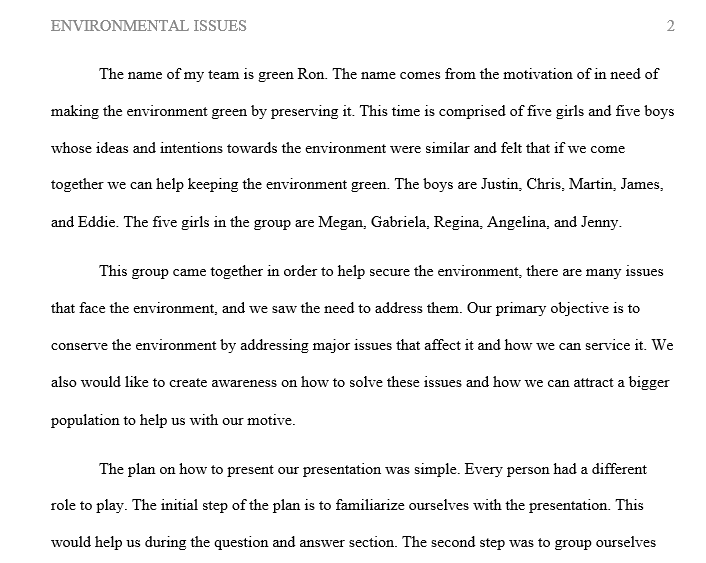Define, and be able to explain the reasoning of ecosystem services. Be able to recognize examples of ecosystem services and how they are distinct from man-made services
Define the concepts of resilience and fragility in an ecosystem context, and be able to recognize use of this concept
in other domains, such as in social structures.
2. Define, and be able to explain the reasoning of ecosystem services. Be able to recognize examples of ecosystem
services and how they are distinct from man-made services.
3. Be able to recognize the “Daly Rules” and describe the rationale behind each of the three points
4. Define, and be able to cite examples of different types of environmental foot printing
a. Be able to describe and critique ecological foot printing
b. Be able to describe and critique carbon foot printing
5. Be able to describe and critique “food miles”
6. Be able to define and recognize examples of the use of heuristics is environmental thinking, and be able to
compare the advantages and disadvantages of heuristic versus metric-based approaches
7. Know the difference in the general environmental trends of developed and developing regions
8. Know that developed regions have, in general, higher per capita environmental impacts than developing regions
9. Be able to describe and critique dematerialization and other description of peak resource use (such as peak travel
and peak stuff)
10. Be able to describe, recognize, and critique “Environmental Kuznets Curves”
11. Be able to describe and recognize examples of “Intrinsic Valuation” of the natural world, and know how it can
be incompatible with quantification-based approaches
12. Be able to define embodied/embedded energy, and understand its importance in sustainability assessment
13. Summarize and recognize the process of “Life Cycle Assessment”, including the four stages in the model
14. Be able to apply systems thinking in making an assessment of the sustainability of a practice
15. Be able to describe “Mobilization Bias” and how it can impact policy.
16. Understand the concept of positive and negative externalities, and be able to provide environmental
examples
i. Plastic pollution, light pollution, atmospheric pollution, sound pollution
17. Describe how negative externalities can be reduced, contrasting the role of regulatory and market- based
approaches
18. Be able to define a “Pigovian tax”
19. Be able to apply the concept of a “social cost” and how it relates to negative externalities.
20. Be able to enumerate the differences between, and be able to cite examples, of
a. Command and control regulations
b. Incentive based regulations
Solution preview for the order on Define, and be able to explain the reasoning of ecosystem services. Be able to recognize examples of ecosystem services and how they are distinct from man-made services
APA
912 words
